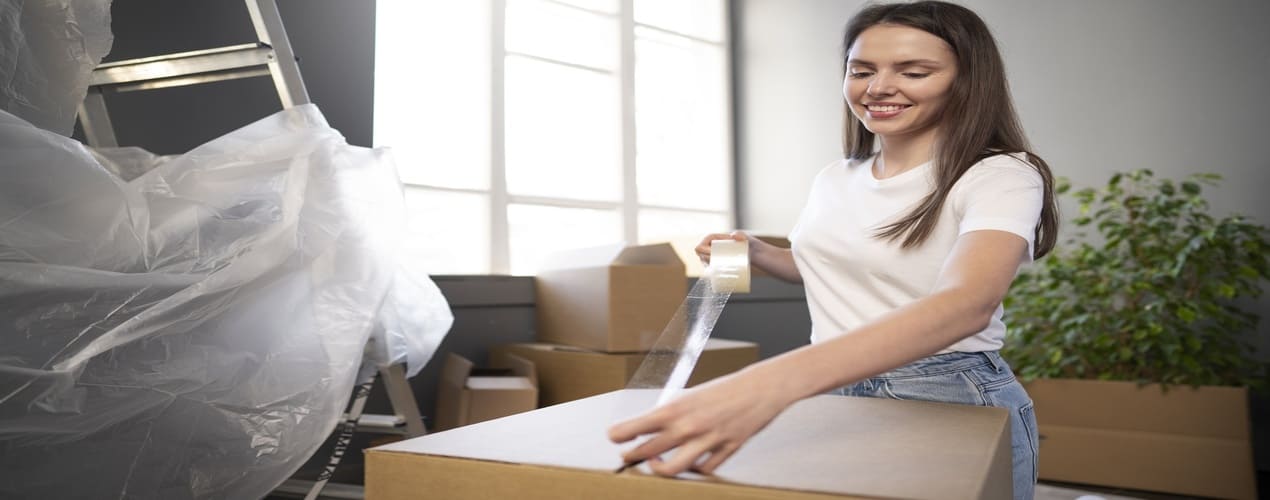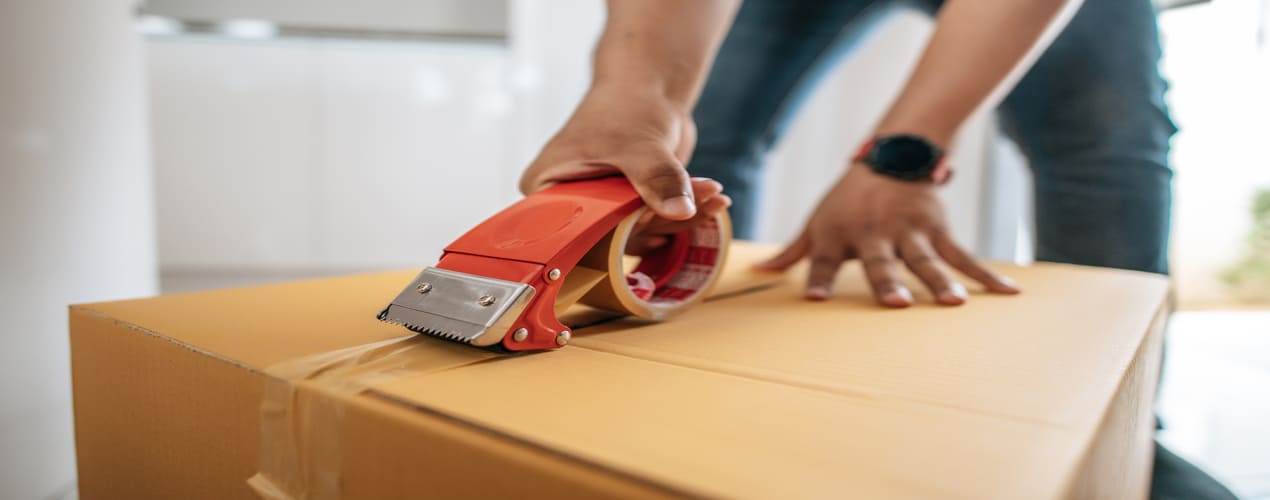
5 Steps to Ensure Moving Day Home Readiness: What You Need to Do
How to prepare for moving house and make the process easier?

Do you want to prepare yourself for moving house? Moving can be a stressful and overwhelming experience, whether due to a job change, needing more space, or a desire for a new environment. It requires great planning and attention to detail to ensure a smooth transition.
Step #1: Separate and protect: items not for the moving truck
When preparing for a move, it is important to clearly define the space for items that should not be loaded into the truck. This will help prevent confusion and errors during loading. Here are some tips on how to effectively mark and manage this space:
- Choose an appropriate area
Select a room or a clearly defined area in your current home that is easily accessible yet out of the way of the main moving activities. This could be a spare room, a living room corner, or even a closet. - Clearly mark the area
Use signs or tape to mark the area that is off-limits to movers. Signs such as “do not move” or “stay here” are clear and understandable. This visual cue will remind everyone, including you, that items that are in this area cannot be loaded onto the truck. - Pack and store essential items
Put all your essentials in this area in advance. This includes your box of essentials, personal electronics (phones, laptops, tablets, chargers), tickets, keys, important documents, jewellery and family heirlooms. - Secure the space
If possible, lock this room or area. If you can’t lock it, consider using a barrier like a baby gate or furniture to signal that entry is restricted. - Transport valuables personally
Items that are irreplaceable or have a high sentimental or monetary value should be transported by yourself. This includes important documents, jewellery and family heirlooms. Transporting these items in person guarantees safety and peace of mind.
Following these steps can minimize the risk of mistakenly loading important items onto the moving truck and ensure a smoother moving house preparation process.
Step #2: Make your house safe on a moving day
Take the necessary steps to prevent injuries and accidents. Make it easy and safe for the movers to transfer your belongings from home to the truck.
- The parking space should be as close to your house as possible.
- Remove all obstacles and boxes from your entryway and corridors. Take down any hanging items like wind chimes and pictures.
- Remove doors from hinges, etc., and leave enough space around your items for the movers;
- Reserving an elevator (if applicable) for your move is a good idea.
Protect your property from damage
- Protect floors and carpets by covering them with carpet film protectors (large pieces of cardboard), plywood sheets, or floor runners. Consider using old rugs or anti-slip coverings.
- Protect door frames by using foam padding and employ corner guards.
Children and pets should be kept safe:
- Ask someone you trust (family, friend, or neighbour) to watch your children and/or animals at their home while the movers work at yours;
- Organise for someone to keep your kids and animals occupied (family, friend) in a quiet and safe room away from the chaos.
- Hire a professional to take care of your children.
Preparation for moving house will ensure your safety, the safety of your family, the safety of the movers and your own. If all goes well, you should have your preparations completed by the time the movers arrive at your home.
Step #3: Welcome and assist the moving team

Professional moving companies make the moving simple – they arrive, load your belongings into a truck and take them to your new home. You need to be flexible and attentive and pay attention to every detail. When the team arrives, welcome them, show them around and discuss all the details, concerns and requirements.
Check the paperwork the movers provided and ensure you have all the required documents. Moving companies must give you the paperwork before loading your goods on the truck.
- Check the inventory list to make sure that all items are listed and their condition is accurately indicated.
- Provide the movers with the necessary information and a tour of your home or apartment.
- Mark the boxes or items you want to be unloaded first.
- Mark the pieces of furniture that will need to be disassembled before moving;
- Talk about any obstacles you may encounter during your move.
- Be sure to inform the crew about any rules that they should be aware of, such as parking rules, time limits, etc.
So how to prepare for moving out? Hire movers! Professional movers have the knowledge and experience needed to guarantee a hassle-free and smooth move.
Step #4: Provide clear directions and essential contacts
Last but not least, talk to the driver and ask about any last-minute details.
- Ensure that your movers know the exact address of your new home, and give directions if necessary.
- Give the driver your contact details so you can easily be reached in case of an emergency;
- Note down the name and number of the driver.
- Ask the driver whether they are loading your shipment on the trailer or if the driver will depart for your new residence immediately.
- Ask if the shipment will be moved to another vehicle during transportation;
- Confirm when and where your items will arrive at your new house. Remember that many things can cause a delay in delivery or a schedule change. Ask the driver to contact you as soon as possible with any changes so you can make adjustments.
Step #5: Leave your old home tidy and secure
One of the last things you should remember if you are wondering how to prepare your house for moving, is to leave your old home tidy.
- Check if the removal of bulky items caused any damage—broken stairs, dents in the wall, broken door frames, etc. Such damage should be repaired as soon as possible to avoid losing your security deposit or having to haggle with home buyers.
- Remove the rubbish and clean the old house thoroughly. If you don’t have time to clean, you can hire a cleaning service.
- Turn off all lights, ceiling fans, and other appliances, such as heating and cooling systems.
- When you receive your final utility bills, you can write down the meter readings or even take a picture of them to verify the numbers.
- You can leave a note to welcome new residents to your building with useful information. For example, you can include the date of the next garbage collection day or the location of the garage door key. You can also collect your family’s keys and place them on the kitchen table for the new owners/tenants.





